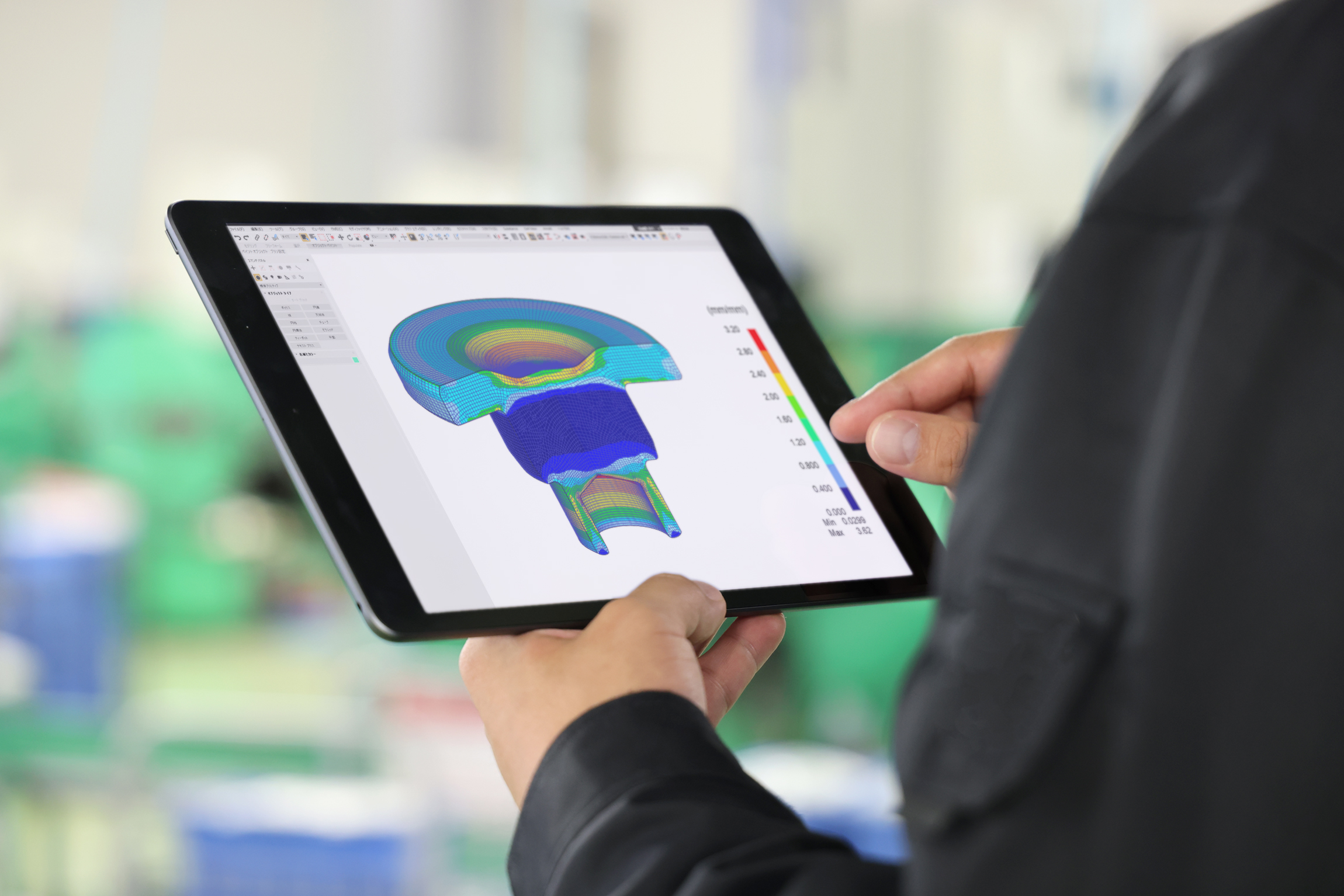
In the rolling process, a blank is placed between two dies and rolled until the pattern on the dies is imprinted onto the blank. Typically used as a secondary process, rolling is used to create many different geometries including screw threads, grooves, diamond knurling and more. Rolling differs from cold forming with other types of machines, but because dies are used to plastically deform the workpiece, it is still considered a kind of cold forming.



Some Geometries Possible with Rolling
Screw Threads

Grooves

Pointed tips

Rounded tips

Spiral Knurling

Straight Knurling

Diamond Knurling

Leadscrews

Machined vs Rolled Threads

Machined Threads

Cold Formed Threads
Rolled threads enable high-speed thread forming with no material lost as scrap and a stronger product overall because, unlike machined threads, the fiber flow lines of the material are left intact. Rolling also allows for lower costs and better turnaround time than machining.




